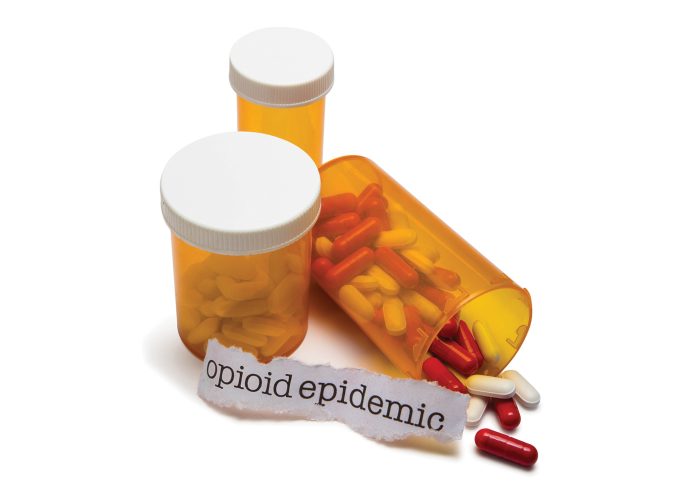|
Only have a minute? Listen instead
Getting your Trinity Audio player ready...
|
Hidalgo County law enforcement will soon be better equipped to combat opioid overdoses after officials approved accepting more than 800 doses of naloxone, or Narcan, during a Hidalgo County Commissioners’ Court meeting Tuesday.
The medication is used to reverse overdoses from both illicit and prescription opioid drugs, such as fentanyl, heroin, oxycodone, hydrocodone and Vicodin, and is typically administered via a fast-acting nasal spray.
The Narcan doses will be distributed among the different divisions of the Hidalgo County Sheriff’s Office, according to Public Information Officer Sgt. Enrique Longoria.
Longoria lauded the increased availability of the lifesaving medication.
“It gives us another tool that we can provide greater assistance, greater protection for our community,” Longoria said. “We understand that sometimes someone that is in a drug crisis is gonna need our help. And giving us the tools allows us to help.”
Since January 2021, sheriff’s deputies have administered more than 30 doses of Narcan, Longoria said.
Though it’s unknown if all those instances involved opioid use, Longoria said deputies receive training on administering Narcan and do so when they think someone is exhibiting signs of a drug overdose.
“It’s safe, so there’s really no harm, no foul,” Longoria said.
The anti-overdose drug has no effect on non-opioid drugs, such as cocaine.
County officials unanimously approved receiving 862 doses of the lifesaving drug from the Texas Department of Emergency Management.
The disbursement is part of several settlement agreements in lawsuits between a coalition of states — including Texas — and a litany of pharmaceutical manufacturers, distributors and pharmacies that make or dispense prescription opioid drugs.
The over prescribing of opioid painkillers in the 1990s, and again in the 2010s, has led to a nationwide opioid crisis that has resulted in hundreds of thousands of overdose deaths.
According to data from the Centers for Disease Control and Prevention, the United States is currently experiencing a third wave of opioid-related overdose deaths.
Between 2013, when the third wave began, and 2019, opioid-involved overdose deaths increased by more than 1,000%.
Nationwide, about 25,000 people died from opioid overdoses in 2013, according to figures from the National Institute of Health.
By 2021, that figure had skyrocketed to 80,411.
The Rio Grande Valley has remained largely sheltered from the ravages of the prescription drug epidemic. However, even here, law enforcement have begun to see opioids like fentanyl being mixed into more popular illicit drugs, like cocaine and crack.
“Fentanyl is being used as a cutting agent,” Longoria said. “You get more bang for your buck … (you) can cut it up more and throw in a little fentanyl to give it the potency,” he said.
Oftentimes, law enforcement are the first emergency responders to arrive at the scene of a potential overdose and have just minutes to potentially save someone’s life.
That’s a large reason why Longoria is glad the sheriff’s office will now have more Narcan at its disposal.
“We understand that sometimes someone that is in a drug crisis is gonna need our help. And giving us the tools allows us to help,” Longoria said.





